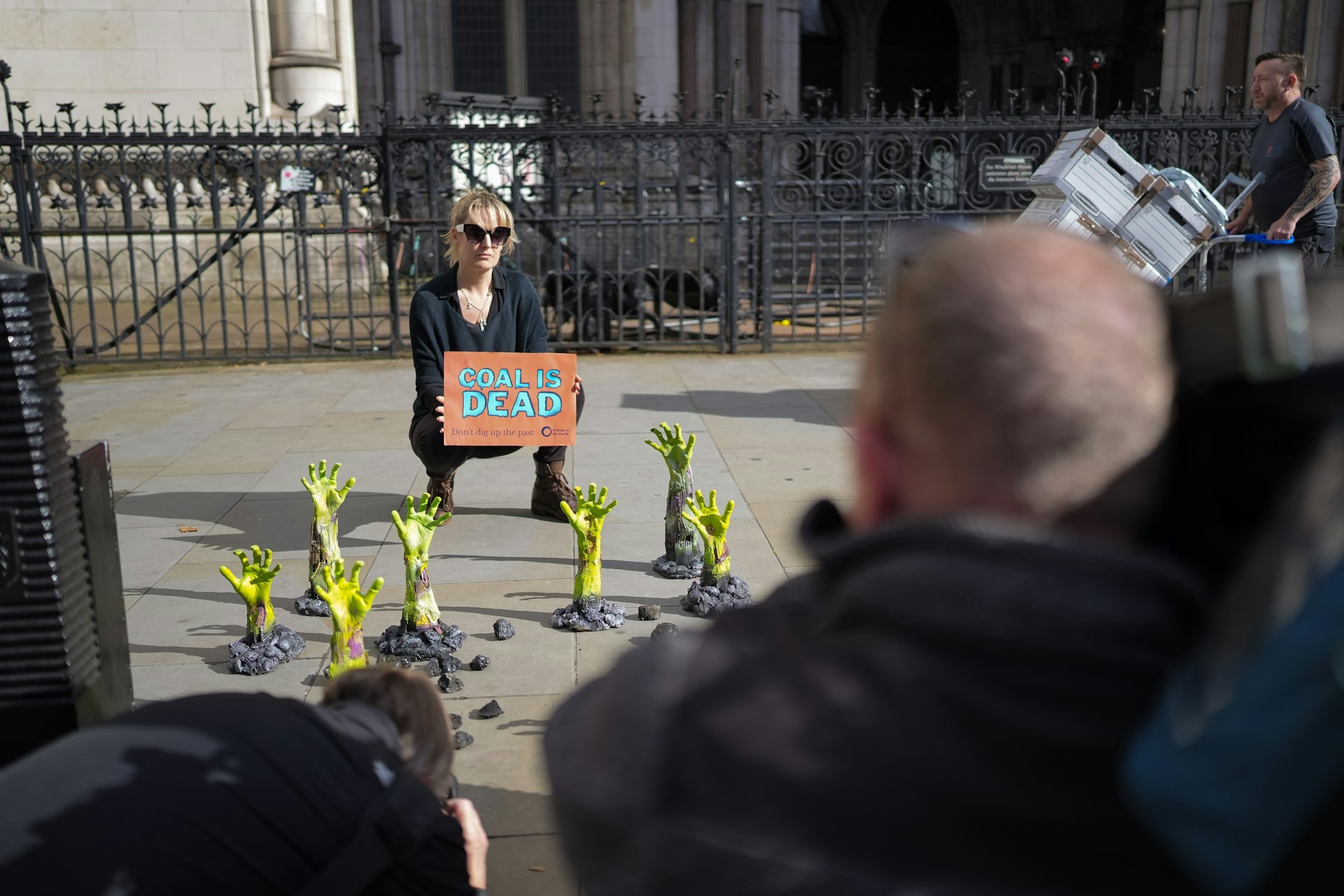An electric portrait of New Orleans subculture
- Text by Huck
- Photography by Akasha Rabut

Akasha Rabut decided she wanted to be a photographer when she was 15. This was despite the fact that, at the time, she didn’t even own a camera.
“I don’t really know how to explain it any other way except that I was guided by my intuition,” she remembers. “I just knew I wanted to make photographs. It was my calling, so I listened.”
That calling eventually took Rabut from her home in California to New Orleans, where she’s lived for the past 10 years. But when she first arrived in the city as a young photographer, she was struck by how radically different it felt to her upbringing.

Central City 2018 © Akasha Rabut from Death Magick Abundance published by Anthology Edition
“I’d never lived in a city with such lacking infrastructure, but also a place where so much is needed. Louisiana is a historically racist state where people aren’t given the same opportunities; the people of New Orleans need and deserve nurturing from the government and they’re simply not getting it.”
“Seeing this and experiencing it as a community member shocked me; being from California, it’s been eye-opening to see and feel the very real struggle people face – at times, a struggle between life and death, of people living below the poverty line. Living in New Orleans has made me realise how naive I was growing up and how much I took for granted.”

Central City, 2018 © Akasha Rabut fro Death Magick Abundance published by Anthology Editions
That relationship she’s built with her adopted home – pieced together over the decade she’s spent there – provides the foundation for Death Magick Abundance, her first monograph. The book, published by Anthology Editions, serves as an electric portrait of the city post-Katrina, capturing its spirit through the people and communities that make it up.
Most notably, there are the Caramel Curves, an “all female, all African-American biker gang”, and the Southern Riderz, a collective who parade the city on horseback every weekend. Through these subcultures, Death Magick Abundance plots the next generation of New Orleans: one that remains “vibrant and resilient”, in spite of the challenges it faces.

Earl, Holy Cross, 2017 © Akasha Rabut from ‘Death Magick Abundance’ published by Anthology Editions
Rabut spent five years each with the Caramel Curves and Southern Riderz, welcomed into the heart of both communities respectively. For her, the relationships she was able to build formed an integral part of the process. “If you’re going to make work like this you have to accept that it’s not always going to impact the community positively. So the question became, what can I do so that it does?”
“Throughout my project, I found time to teach locals how to take photos, and I try to hire these former students as much as possible. Through a non-profit, I created a class called Creative Council, where students were awarded money to apply for college by completing the course.”

Caramel and Candi, Calliope Projects, 2015 © Akasha Rabut from ‘Death Magick Abundance’ published by Anthology Editions
In this sense, Death Magick Abundance is work created for a community, by a community. It’s a mantra that will see Rabut donate all proceeds from books purchased directly through her between 20 – 27 April to the Greater New Orleans Foundation’s Covid-19 fund. Beyond that, though, she hopes the project is simply viewed as an authentic documentation of the city.
“Death Magick Abundance refers to the cycle of life. Things die in order to grow; that’s Magick, and when growth happens, abundance is inevitable. This book is about death and life; it’s about New Orleans and the people who rebuilt it after Hurricane Katrina. The photographs I take reveal this.”

Trail Rider, 2014 © Akasha Rabut from ‘Death Magick Abundance’ published by Anthology Editions

Algiers Point,2014 © Akasha Rabut from ‘Death Magick Abundance’ published by Anthology Editions

Algiers Point, 2014 © Akasha Rabut from ‘Death Magick Abundance’ published by Anthology Editions

Central City, 2014 © Akasha Rabut from ‘Death Magick Abundance’ published by Anthology Editions
Death Magick Abundance is out now on Anthology Editions.
Enjoyed this article? Like Huck on Facebook or follow us on Twitter.
Latest on Huck

Autism cannot be cured — stop trying
A questionable study into the ‘reversal’ of autism does nothing but reinforce damaging stereotypes and harm, argues autistic author Jodie Hare.
Written by: Jodie Hare

Bristol Photo Festival returns for second edition
After the success of it’s inaugural run, the festival returns this autumn with exhibitions, education and community programmes exploring a world in constant motion through still image.
Written by: Ben Smoke

Documenting the life of a New York gang leader paralysed by gun violence
New photobook ‘Say Less’ is a complex yet humanising look into a life wrecked by gun violence and organised crime.
Written by: Isaac Muk

The woman who defined 80s Hip Hop photography
A new exhibition brings together Janette Beckman’s visionary and boundary pushing images of an era of cultural change and moral panic.
Written by: Miss Rosen

In photos: the dogs of Dogtown
A new photobook documents Venice Beach’s four legged friends and their colourful cast of owners.
Written by: Isaac Muk

Inside the battle to stop coal
As the legal challenge against Britain’s first deep coal mine in 30 years reaches the High court, we talk to activists at the centre of the fight to stop it.
Written by: Ben Smoke